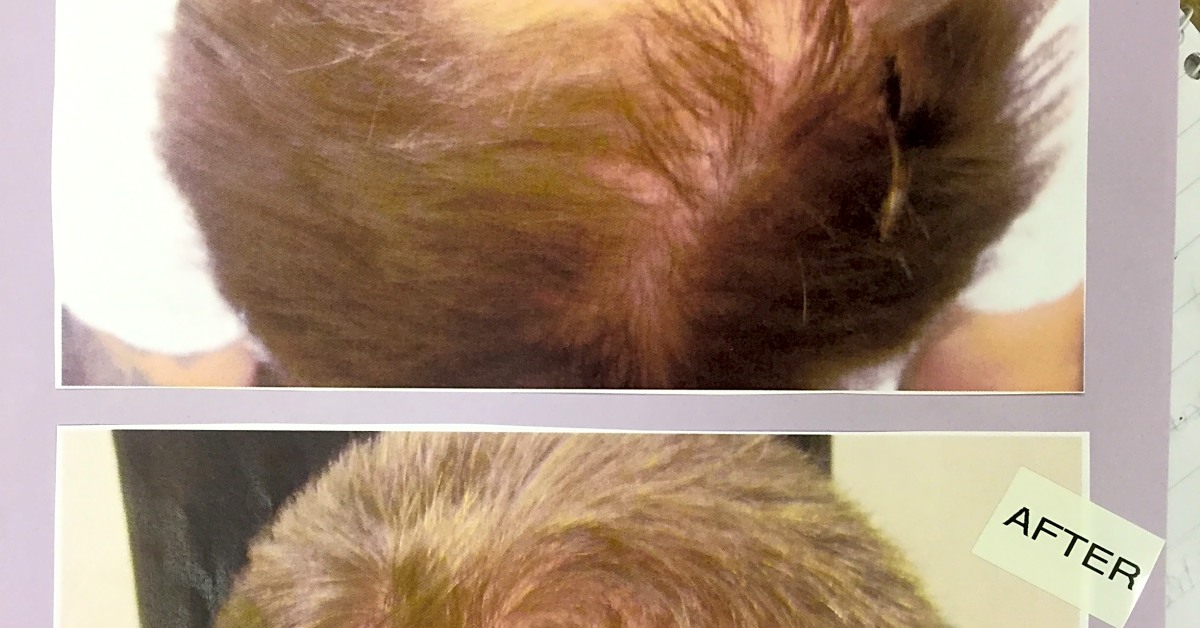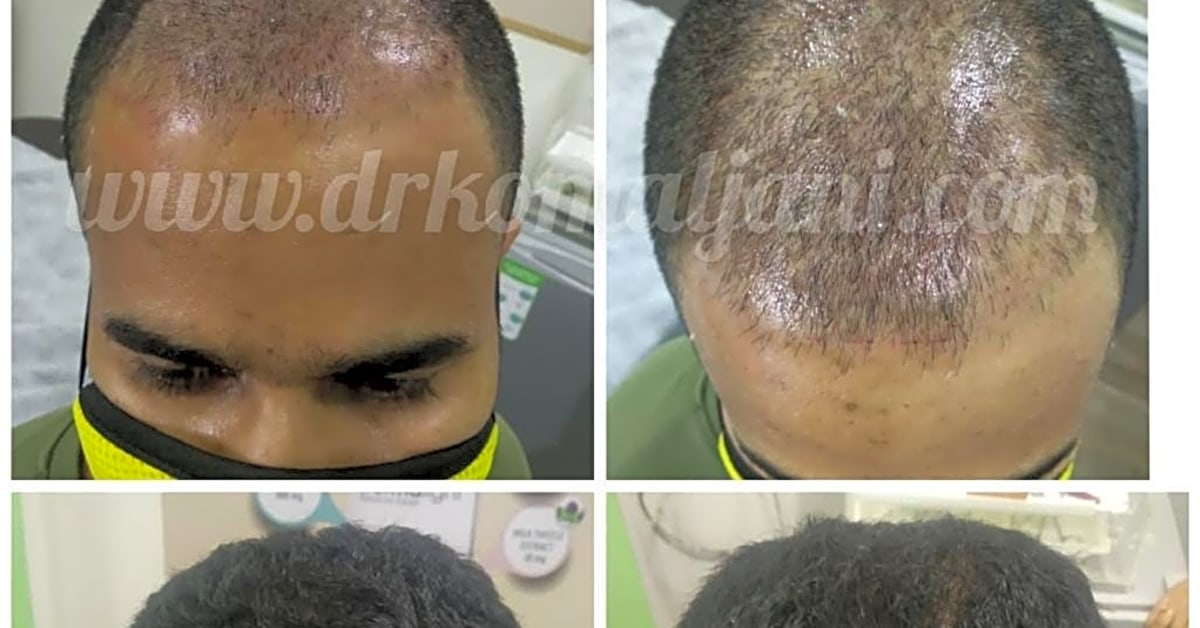Hair loss can be a frustrating and distressing experience for many individuals. Whether it is caused by genetics, age, or other underlying factors, the loss of hair can have a significant impact on one’s self-esteem and confidence. As a result, many people turn to hair transplants as a solution to their hair loss woes. However, understanding the ins and outs of hair transplants can be overwhelming and confusing. That’s why we have created this comprehensive guide to help you navigate through the world of hair transplants. In this article, we will dive into the various aspects of hair transplants, from the procedure itself to the potential risks and benefits. By the end of this guide, you will have a better understanding of hair transplants and whether it is the right option for you. So let’s get started and discover everything you need to know about this popular hair loss treatment.
Hair loss can be a frustrating and distressing experience for both men and women. It can affect not only our physical appearance, but also our self-confidence and overall well-being. Fortunately, there are solutions available for those who are struggling with hair loss. One of the most effective treatments is hair transplant surgery, which involves taking healthy hair follicles from one part of the scalp and transplanting them to areas where hair is thinning or balding.
In order to fully understand the process of hair transplants, it’s important to first understand the most common causes of hair loss. The most common cause is genetics, with male pattern baldness affecting up to 70% of men and female pattern baldness affecting 40% of women. This type of hair loss is hereditary and cannot be prevented.
Hormonal changes can also play a significant role in hair loss. This can include changes during pregnancy, menopause, and even starting or stopping birth control pills. These changes can cause hair to enter a resting phase, leading to excessive shedding.
Medical conditions such as thyroid disorders, alopecia areata, and scalp infections can also cause hair loss. It’s important to consult with a healthcare professional to determine if an underlying medical condition is contributing to your hair loss.
Once you have identified the cause of your hair loss, you can then take steps to prevent it. Maintaining a healthy diet rich in vitamins and minerals is essential for healthy hair growth. Foods high in protein, iron, and biotin can help promote strong and healthy hair.
In addition to diet, reducing stress levels can also help prevent hair loss. Stress has been linked to a variety of health issues, including hair loss. Finding ways to manage stress, such as exercise, meditation, or therapy, can help improve overall health and reduce the risk of hair loss.
Finally, using gentle hair care products and avoiding harsh chemicals or excessive heat can also help prevent hair loss. These products can damage the hair follicles, leading to breakage and thinning hair. Opting for natural and gentle products can help keep your hair healthy and strong.
In conclusion, understanding the root cause of your hair loss is crucial in finding the most effective solution. By addressing any underlying medical conditions, maintaining a healthy lifestyle, and using gentle hair care products, you can help prevent hair loss and promote healthy hair growth. And for those who are already experiencing hair loss, hair transplant surgery is a viable option to restore your hair and confidence. Consult with a trusted healthcare professional to determine the best course of action for your specific needs.
Non-Surgical Options for Hair Restoration
Hair transplants are a popular and effective way to restore hair loss, but they may not be suitable for everyone. Fortunately, there are non-surgical options available for hair restoration that can provide similar results without the need for surgery. These options include topical medications and laser therapy.
Topical medications, such as minoxidil, work by stimulating hair growth and preventing further hair loss. They are applied directly to the scalp and can be used on their own or in combination with other treatments.
Laser therapy involves using low-level laser light to stimulate hair follicles and promote hair growth. This non-invasive treatment can be done at home or in a clinic and is painless.
If you are considering non-surgical options for hair restoration, it is important to consult with a medical professional to determine the best treatment plan for your specific needs. They can help you decide which option is right for you and provide guidance on how to use these treatments effectively.
Understanding Hair Transplants
use HTML structure with Hair transplants only for main keywords and
for paragraphs, do not use “newline character”.
Hair transplants are a popular medical treatment for hair loss. They involve taking healthy hair follicles from one part of the scalp and transplanting them to areas where there is thinning or balding. This process allows for new hair growth in these areas, resulting in a fuller head of hair.
There are two main types of hair transplants: follicular unit transplantation (FUT) and follicular unit extraction (FUE). FUT involves removing a strip of skin from the back of the scalp and dissecting it into individual hair follicles. FUE, on the other hand, involves harvesting individual hair follicles directly from the scalp using a punch tool.
So, are hair transplants the right solution for you? This depends on several factors, such as the cause and extent of your hair loss, your age, and your overall health. It’s important to consult with a qualified medical professional to determine if you are a good candidate for a hair transplant.
Male vs. Female Hair Loss
When it comes to hair loss, there are significant differences between men and women. While both genders can experience thinning hair and baldness, the causes and patterns of hair loss vary greatly.
Male pattern baldness, or androgenetic alopecia, is the most common form of hair loss in men. It is caused by a combination of genetics and hormonal factors, specifically the hormone DHT (dihydrotestosterone). This hormone causes miniaturization of hair follicles, leading to thinner and weaker hair strands. Male pattern baldness typically follows a distinct pattern, starting with a receding hairline and thinning at the crown of the head.
On the other hand, female pattern hair loss is characterized by overall thinning of hair on the scalp. It is often caused by hormonal changes, such as menopause, pregnancy, or certain medical conditions. Unlike male pattern baldness, female hair loss does not usually follow a predictable pattern and can occur anywhere on the scalp.
Due to these differences in causes and patterns of hair loss, the best treatment options for men and women may also differ. For men, hair transplants are often considered the most effective solution for male pattern baldness. This involves transplanting healthy hair follicles from one part of the scalp to areas with thinning or balding hair.
For women, hair transplants may also be an option, but other treatments such as topical medications or low-level laser therapy may be more suitable. These treatments aim to stimulate hair growth and improve the overall health of the scalp.
If you are experiencing hair loss, it is important to consult with a medical professional to determine the cause and find the best treatment plan for your specific situation. By understanding the key differences between male and female hair loss, you can make informed decisions about your hair loss treatment and achieve the best possible results.
Surgical Hair Transplant Techniques
Hair transplants have become a popular solution for those struggling with hair loss. But did you know there are different types of surgical hair transplant procedures? In this section, we will delve into the various techniques used in hair transplant surgeries and their success rates.
The two main types of surgical hair transplant procedures are follicular unit transplantation (FUT) and follicular unit extraction (FUE). FUT involves removing a strip of scalp from the back of the head and dissecting it into smaller grafts to be transplanted onto the balding areas. On the other hand, FUE involves extracting individual hair follicles from the donor area and implanting them onto the balding areas. Both procedures require local anesthesia and can take several hours to complete.
Studies have shown that both FUT and FUE have high success rates, with over 90% of patients reporting satisfactory results. However, FUE is typically preferred by patients as it leaves no linear scar and has a shorter recovery time compared to FUT.
Another surgical technique gaining popularity is robotic hair transplant, where a robotic arm is used to extract and implant hair follicles. This method has a higher accuracy and faster speed compared to traditional FUE, leading to better results and shorter procedure time.
It’s important to note that the success of any surgical hair transplant procedure depends on various factors such as the skill of the surgeon, the quality of the donor hair, and proper aftercare. Therefore, it’s crucial to do thorough research and choose a reputable and experienced surgeon for your hair transplant surgery.
Considering a Hair Transplant: What to Expect
If you’re considering a hair transplant, it’s important to know what to expect before, during, and after the procedure. This can help ease any anxiety you may have and give you a better understanding of the process.
Before the Procedure:
Before undergoing a hair transplant, your doctor will first assess your hair loss and determine if you are a good candidate for the procedure. They will also discuss your goals and expectations for the transplant, as well as the potential risks and benefits.
You may need to stop taking certain medications or supplements in the weeks leading up to the procedure, as they can increase the risk of bleeding. Your doctor will also provide you with instructions on how to prepare for the surgery, such as washing your hair and avoiding alcohol and tobacco.
During the Procedure:
The duration of a hair transplant can vary depending on the type of procedure and the amount of hair being transplanted. The most common method is follicular unit transplantation (FUT), which involves removing a strip of hair from a donor area and then transplanting individual follicles into the balding areas.
Local anesthesia is used during the procedure to numb the scalp and minimize any discomfort. You may experience some mild discomfort or pressure during the transplant, but it should not be painful.
After the Procedure:
After the transplant, you may experience some redness, swelling, and tenderness in the scalp. Your doctor may prescribe pain medication or recommend over-the-counter pain relievers to help manage any discomfort. It’s important to follow post-procedure care instructions to ensure proper healing.
The transplanted hair may fall out within a few weeks, but this is normal and the hair will begin to grow back within a few months. It may take up to a year for the full results of the transplant to be visible.
By knowing what to expect during and after a hair transplant, you can feel more confident in your decision and have a better understanding of the process. If you have any concerns or questions, be sure to discuss them with your doctor before the procedure.
Hair transplants can be a life-changing solution for those struggling with hair loss. By understanding the causes of hair loss and exploring the various treatment options available, you can find the best solution for restoring your hair. Remember, it is important to consult with a medical professional before making any decisions about hair transplants.







